Description
Eric Clapton’s unreleased original master from his 1975 Japan tour has been discovered again! Last month, our store discovered the wonderful sound source of Eric Clapton’s 1975 Japan Tour Osaka performance on the first day for the first time in 44 years and released it as “Osaka 1975 1st Night” (4CD). As a result, the customers who ordered the show were pleased to learn the full story of the first day’s performance, which they had only been able to know in bits and pieces, and how Clapton had been “crazy” from the first day this year. Prior to that, in 2015, our shop discovered a new sound source from the first day of the Tokyo performance of this year for the first time in 40 years and released it as “Budokan 1975 1st Night” (2CD). The excellent original sound source of the final performance in Tokyo the next day has also been released as “Lord Have Mercy” (2CD). At that point, everyone was thinking, “There won’t be any new masters. Well, if this is all that comes out, this is enough.” However, on November 1, 1975, we recorded a new audience recording master for the first day of the Tokyo performance. It was discovered! The provider is the person who recorded Jeff Beck’s Korakuen performance “WORLD ROCK FESTIVAL EASTLAND: DEFINITIVE MASTER” from the same year, which was released the other day and was said to be the definitive album of the day.With Beck’s master provided, the mastering was settled. Around that time, by chance, a SONY C120HF cassette tape was released that said, “We also have Clapton from this year.” Now, let’s check the dates of this Japan tour again (“←” is the title of the release). October 22, 1975 – Osaka Festival Hall ← “Osaka 1975 1st Night (4CD)” October 23, 1975 – Osaka Festival Hall ← “Osaka 1975 2nd Night (2CD)” October 24, 1975 – Kyoto Kaikan No. Hall 1 October 27, 1975 – Kitakyushu City General Gymnasium October 29, 1975 – Shizuoka Prefecture Sunpu Hall November 1, 1975 – Nippon Budokan ← [This work], “Budokan 1975 1st Night (2CD)” 1975 November 2 – Nippon Budokan ← “Lord Have Mercy (2CD)” On this day, there is already “Budokan 1975 1st Night (2CD)” which can be said to be the definitive version, and the master of this work is truly superior to its sound quality. It didn’t go that far. However, the reason why we decided to release this work was because of the “atmosphere, realism, and atmosphere of the day contained in the master cassette.” Of course, even though it was recorded in monaural, the sound quality was sufficiently clear, spacious, and had a good sound balance. Compared to the previously released version, the excitement of the audience from the opening captured in this master is “unusual” that is not found in other works. There seemed to be about seven young men and women around the recorder, who were probably his friends.The excitement of the conversation as they waited for the performance to begin, the elation when Clapton appeared with the rest of the band, and the feeling of excitement. The response to the music office staff’s announcement of the start of the show, and just before the first song, Layla, begins, a man shouts “Telecaster!” A young woman’s hysterical cry of “Eric!” sounded like it was aimed at a Johnny’s idol. A completely different reaction was occurring at the Budokan on November 1, 1975 compared to the Budokan that welcomes Clapton, who has reached the brink of extinction. That’s no wonder, Clapton was only 30 years old at the time. When Clapton appeared, he looked like a rock musician with long hair that fell to his shoulders, a handsome face, a slim physique, and long legs. He was a cool superstar no matter where you looked at him. Furthermore, they miraculously made their first visit to Japan the previous year, and in this year’s music magazine Music Life’s popularity poll, they were ranked number one in the guitarist category, making this their second performance in Japan. And in response to the support of the audience, Clapton played the guitar differently from the previous year and showed off a wonderful performance. The mood of Budokan at that time is clearly packed here. Depending on how you look at it, you might think, “Doesn’t that just mean there’s a lot of audience noise?” Certainly, this mood is something that speaks to the state of the audience around the recording person, but the strange thing is that it does not feel uncomfortable. Rather, it makes you think, “Oh, I wish I was there too,” and it feels like you’re experiencing the peak of rock guitarist Eric Clapton’s popularity at the Budokan, and in a way it’s a record. It is a valuable master as a material. Since it was a tour that brought Layla to the opening, the level of excitement was tremendous. The sound of George Terry, who plays the famous seven-string phrase here, is a little off because the sound output of the PA on the day was not adjusted well, as can be said for the previously released version. The engineer at the console must have panicked at the sudden explosion of musical sounds from this popular song. The band’s sound is finally established in the second song. That’s probably why the opening was so impactful. Clapton used a blonde-finish Telecaster that he had purchased brand new at the time throughout the entire performance. It uses long tones with a slightly fat and glossy tone, and expresses a sense of scale with a relaxed and laid-back play. He seemed to be in a good mood, and when announcing the name of the song before Badge, he deliberately made the audience laugh by making him nervous. Before I Shot The Sheriff, Clapton announces, “Can I smoke here? What do you think?” and lights a cigarette. He probably plugged it into the guitar head, and the next moment the venue was filled with loud cheers. It is no wonder that Clapton’s famous scene, which was also seen in “Bangladesh Concert”, appeared. The audience was excited when female vocalists Yvonne Elliman and Marcy Levy (Clapton at this time introduced them as “Leavey”) were featured. While listening, a man saw Elliman holding an electric guitar and immediately blurted out, “Isn’t that Eric’s guitar?” That’s right, Elliman borrowed Clapton’s Blackie and played it at that time. Marcy misunderstands that all Japanese greetings are standard greetings when on the phone, and her first words are “Moshi-moshi!”, which creates a strange mood in the venue. This was also interesting, and it was a scene where you could feel the depth of her efforts to please the Japanese audience. Unfortunately, the last 7 minutes were not recorded in this unreleased master, but in order to enjoy it as a complete recorded version, we have compensated for it from the previously released version without any discomfort. Clapton came to Japan for the second time 44 years ago, at the peak of his popularity, the audience welcomed him, and in response Clapton showed off his sharp play. Please try this work and experience that feverish night at Budokan in 1975. Live at Budokan, Tokyo, Japan 1st November 1975 TRULY AMAZING SOUND(from Original Masters) Disc 1 (71:34) 1. Intro ★0:48 Pause ★Longer recording than previous episodes 2. Layla 3. Knockin’ On Heaven’s Door 4. Key To The Highway 5. Badge 6. Can’t Find My Way Home 7. Further On Up The Road ★9:53 – 10:22 Compensation 8. I Shot The Sheriff Disc 2 (56:44) 1. MC 2. Teach Me To Be Your Woman 3. Have You Ever Loved A Woman ★The next song is not missing (about 30 seconds longer than the previous song) 4. Tell The Truth 5. Eyesight To The Blind ★9:53 – Compensation until the end 6. Why Does Love Got To Be So Sad ★Compensation for all previously released Eric Clapton: Guitar & Vocals George Terry: Guitar Carl Radle: Bass Dick Sims: Keyboards Jamie Oldaker: Drums Yvonne Elliman: Backing Vocals Marcy Levy: Backing Vocals
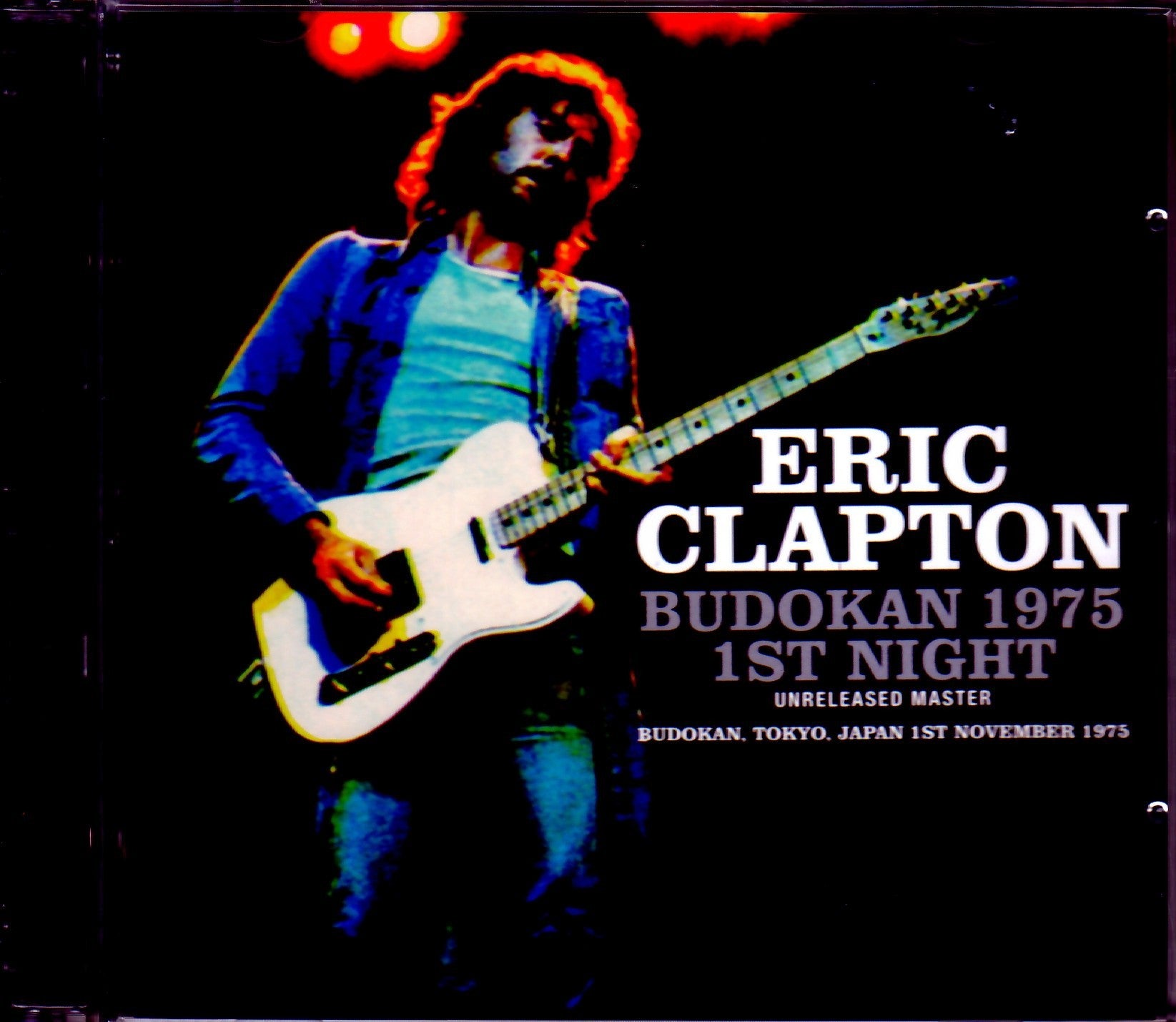
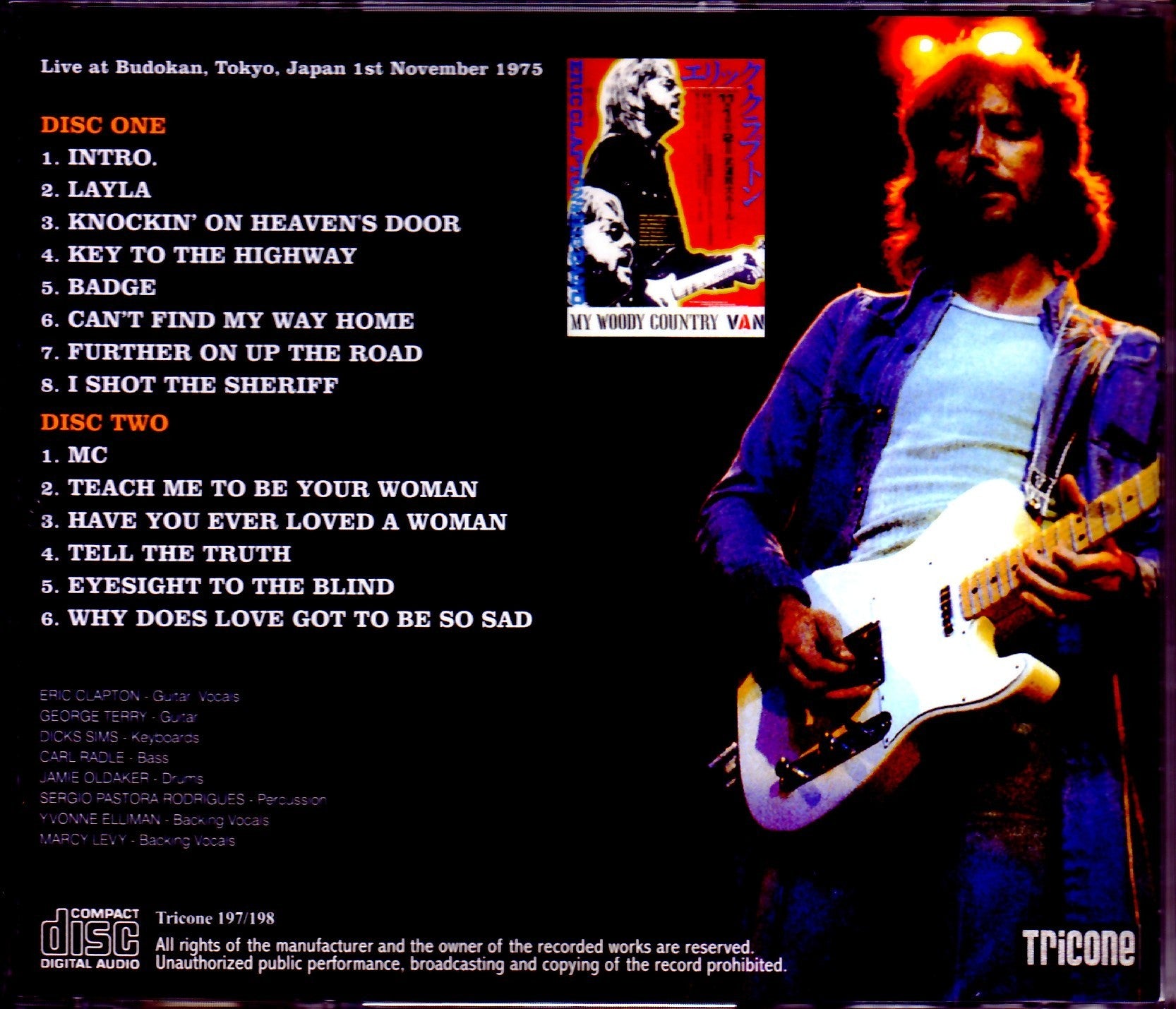

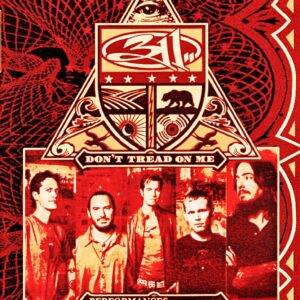
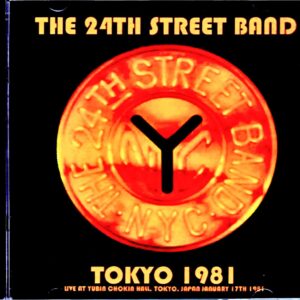
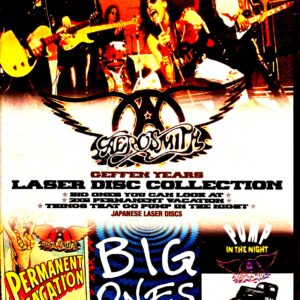
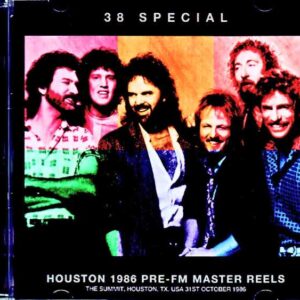
Reviews
There are no reviews yet.